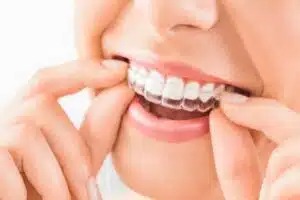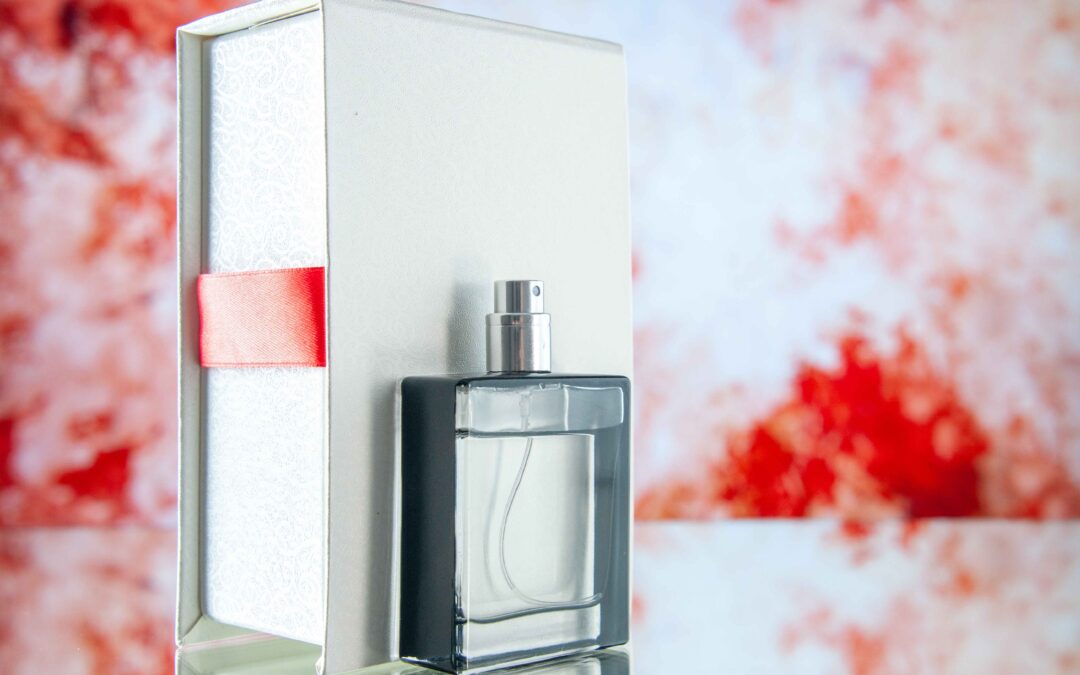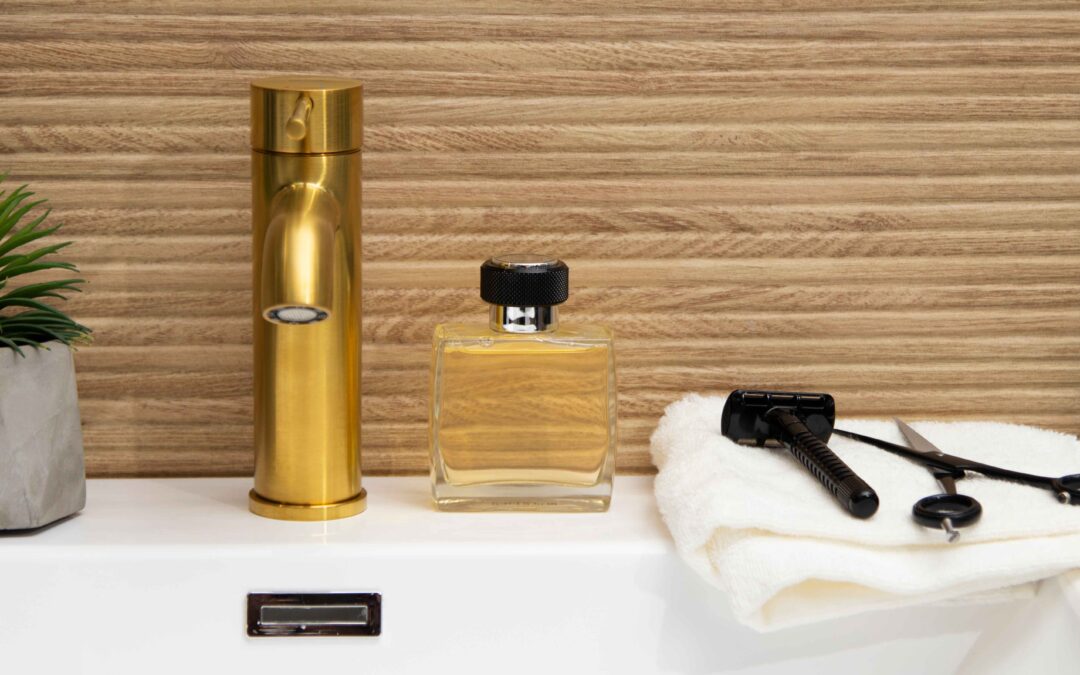Many people today are choosing cosmetic dental treatments to improve their smiles. Treatments like crowns and veneers are common for making teeth look better and stronger. At the same time, more and more patients are choosing Invisalign to straighten their teeth clearly and comfortably. But what happens if you already have crowns or veneers? Can you still use Invisalign? The answer is yes, in most cases – but with a few important things to consider.
In this blog, we will explain how Invisalign works, what crowns and veneers are, and whether these treatments can work together. If you’re considering Invisalignand already have some dental work done, this guide will help you understand your options.
What Are Invisalign Aligners?
Invisalign is a modern way to straighten teeth without using metal braces. It involves a set of clear plastic trays called aligners that gently move your teeth over time. These aligners are custom-made to fit your teeth and are almost invisible when worn.
People love Invisalign because it’s:
- Nearly invisible
- Removable (you can take them out when eating or brushing)
- Comfortable, with no metal wires or brackets
- Suitable for many common tooth alignment problems
You wear each set of aligners for about one to two weeks before moving on to the next. The full treatment usually lasts from 6 months to 18 months, depending on the case. If you’re considering Invisalign Cardiff, you’re choosing a treatment that’s both modern and flexible.

What Are Crowns and Veneers?
Crowns and veneers are both dental restorations, but they are used in different ways.
- Dental Crowns: These are tooth-shaped caps that cover the entire tooth. Crowns are used when a tooth is damaged, broken, or after root canal treatment. They protect the tooth and improve its shape and strength.
- Dental Veneers: These are thin shells, usually made of porcelain, that cover the front surface of your teeth. Veneers are used to fix issues like stained, chipped, or slightly misaligned teeth. They are mostly cosmetic and used to improve the look of your smile.
Both crowns and veneers are attached to your teeth using special dental glue. Once placed, they feel and look like natural teeth.
Can You Use Invisalign If You Have Crowns?
Yes, in most cases, you can use Invisalign if you have crowns. The way Invisalign works is by applying gentle pressure to move your teeth through their roots. This means the force is not placed directly on the crown, but rather on the tooth below it.
However, there are some important things to think about:
- Attachments: Invisalign sometimes uses small tooth-coloured bumps called attachments to help move the teeth more effectively. These attachments are usually bonded to the natural tooth. When you have a crown, it can be tricky to attach these bumps because the crown’s surface is smooth and not like natural enamel. Special bonding materials may be needed, or your dentist might choose a different way to apply pressure.
- Durability: Crowns are strong, but they are still at risk of chipping or coming loose if too much pressure is applied. A skilled dentist will make sure the treatment plan avoids unnecessary force on the crown.
If you are looking for a dental practice Cardiff, make sure to choose one with experience in Invisalign treatment for patients with crowns.
Can You Use Invisalign If You Have Veneers?
This answer is a bit more complex. In some cases, yes – but it depends on your situation.
Veneers are more delicate than crowns and only cover the front of the tooth. Because of this, Invisalign treatment involving veneers needs to be handled with care.
Here are some points to consider:
- Veneers are usually placed for cosmetic reasons. If the veneers are on the teeth that need to be moved, the dentist will have to check if they can handle the pressure from the aligners.
- Like crowns, attachments might not bond well to veneers. Your dentist will assess if aligners can still work without attachments on veneered teeth.
- If the veneers are on teeth that don’t need much movement, then Invisalign may still be a good option.
In short, it’s possible to have Invisalign with veneers, but a dentist must carefully review your case first.
Risks, Considerations & What Dentists Look For
Before starting Invisalign, a full dental check-up is needed. Your dentist will:
- Check the condition of your crowns or veneers
- Look at how many teeth need to be moved
- Decide how much pressure will be needed
- Use digital scans to make a detailed plan
The possible risks include:
- Damaging the veneers or crowns
- Needing to re-bond or replace restorations if they become loose
- Teeth are not moving as planned if attachments can’t be placed
The key is having an experienced Invisalign provider who understands how to work with cosmetic restorations.
Expert Tips: Making Invisalign Work with Crowns or Veneers
Here are some tips that help Invisalign treatment succeed in these complex cases:
- Choose a dentist with experience in Invisalign and cosmetic work
- Avoid using attachments on restored teeth if possible
- Attend regular check-ups to monitor movement
- Keep your teeth and aligners clean to avoid damage
- Inform your dentist immediately if you feel a crown or veneer becoming loose
When Invisalign May Not Be Suitable
There are some situations where Invisalign might not be the best choice:
- If you have many veneers or crowns that need movement
- If the bond between the veneer/crown and the tooth is weak
- If your bite needs major correction
In such cases, your dentist may suggest a different orthodontic treatment.
Alternatives to Invisalign for Patients with Restorations
If Invisalign is not suitable for you, don’t worry – there are other options:
- Clear Braces: These work like traditional braces but are less noticeable. They use brackets and wires and may be better for teeth with restorations.
- Traditional Braces: Metal braces are effective for difficult tooth movements. They may not be as attractive, but they can be better in some situations.
- Cosmetic Recontouring: In minor cases, your dentist might adjust the shape of your veneers or teeth to improve your smile without needing full orthodontic treatment.
Conclusion
In many cases, you can still use Invisalign if you have crowns or veneers, but it depends on your individual dental situation. A skilled and experienced dentist will assess your teeth, restorations, and treatment goals before creating a personalised Invisalign plan.
If you are considering Invisalign in Cardiff, make sure to visit a trusted dental practice that has experience with cosmetic cases. At Super Smile Dental, we offer expert advice and tailored treatment to help you achieve the smile you’ve always wanted – even if you’ve had dental work done in the past.
Book your consultation today and take the first step toward a straighter, healthier smile.







0 Comments